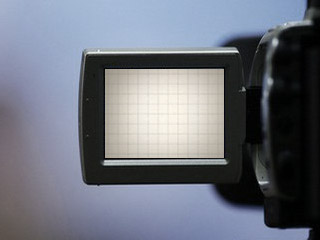
I have two pieces of advice for user experience design professionals visiting their families over the traditional end-of-year holiday season.
First, take this opportunity to do some intimate, informal usability testing with your family and loved ones. I’ve written about this before, but I am encouraging it again: There’s a good chance that many of those you will spend time with over the next few weeks will be, when it comes to using interfaces, “regular people”. Perfect test subjects.
What’s more, when you observe user testing in a lab, chances are you know next to nothing about the people behind the glass. But when you’re home with your family, you know your subjects deeply. You know their idiosyncrasies and interests, their weaknesses and strengths.
So that big web site you’ve been working on all year? Don’t just show it to Mom and Dad. Make them sign up for it and use it. And watch them.
I also suggest something new: Interview them. Video them.* Especially the older ones.
For the last decade of her father’s life, my wife would interview him for an hour or more almost every time we visited her parents, videotaping each interview. For his funeral, she edited all the tapes into a single 45-minute movie where he tells stories from his incredible life. It’s hard to understate how happy this video made a lot of people.
More and more people are collecting stories from their families and sharing them with their families and even the public. So this holiday season, why not kill two birds with one stone: video your family but in particular talk to them about what is important to you, trying to find out the historical roots of your own life and interests. You might, for example, ask about user experiences and interaction design in their younger lives. You could ask what using computers, phones, or other machines was like when your parents or grandparents were young.
Lots of people shoot video of their families. But not many really step back and approach it as a formal interview by having some questions and topics in mind when the conversation begins, letting the subject know that what they say serves a purpose.
You’ll learn a lot about history and design — but most importantly about yourself and your family. And you’ll have a recording you’ll treasure forever.
[* Yes, I am using the word “video” as a verb. The word “videotape” is already in common usage as a verb, but it’s ludicrous to use it to describe tape-less video. Hell, “tape” is a verb, too. The phrase “shoot a video” is unwieldy when a single word will do just fine and when “shoot” is, er, a loaded word… as the title of this post demonstrates. Besides, it’s kinda cute to say “video” as a verb. Trust me. Just say “video”.]